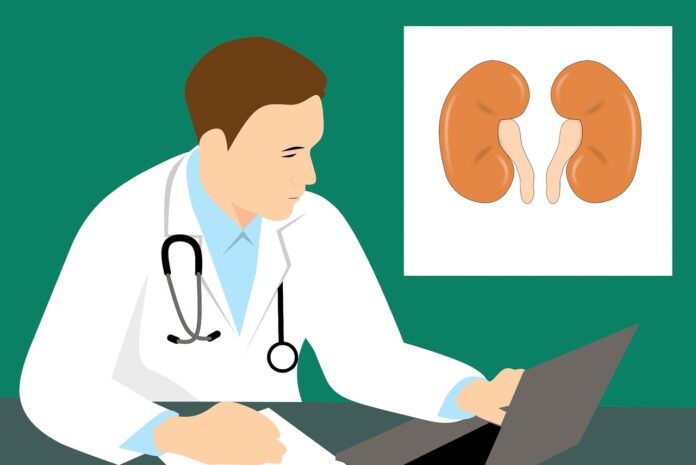Primary hyperoxalurias (PHs) is a rare medical condition that has no specific medicine for a complete treatment. It is an inherited condition that is caused by certain changes in the AGXT gene, leading to the deficiency of a specific live enzyme. As a result, the body releases high amounts of oxalate which causes calcium salts accumulation in the kidney. In worst conditions, it can cause kidney stones, kidney infection, and kidney failure.
The U.S. Food and Drug Administration has finally granted approval to the first-ever treatment medicine for primary hyperoxaluria type 1 (PH1). This medicine is named Oxlumo (lumasiran) which will target primary hyperoxaluria type 1 treatment saving a person from kidney diseases.
RELATED: Delay Exercise for 14 Days After Coronavirus Treatment
PH1 is by far the most common and chronic form of primary hyperoxalurias. In more than 90% of cases, it causes progressive kidney disease and sometimes starts affecting other organs too. It is so rare that only 1-3 persons in one million are hit by PH1. Also, it is more common in North America as well as Europe than any other regions of the world.
The only way to treat PH1 is by making sure that calcium oxalate is not depositing in the kidney. Doctors advise increasing the fluid intake and suggest calcium-oxalate crystallization inhibitors as well as dietary modifications for lowering the risk. Normally, vitamin B6 supplements are helpful in reducing this buildup in up to 30% of PH1 patients.
If the damage already reaches the visceral organ. The only treatment option left is to transplant the liver and kidneys. If the damage is still in an early phase, a liver transplant may help to save the kidneys. But if the kidneys are already infected, a live transplant alone wouldn’t save a person.
The approval of this treatment medicine Oxlumo for primary hyper hyperoxalurias type 1 has been made on the results obtained from two research studies. One of these studies was a randomized and placebo-controlled study with 26 individuals in it. The youngest one of these participants was 6 years old. All of these participants were given a monthly dose of Oxlumo and one dose after three months for maintenance.
On the other side, 13 of them were injected with placebo injections.
Those who were injected with Oxlumo showed an overall 68% decrease in oxalate production in the urine. While only 12% of participants from the placebo group experienced it.
The results collected after six months of this treatment reported that 52% of participants from the experimental group have a normal oxalate level in 24 hours. While not a single participant from the placebo group reported a normal oxalate level in urine.
The second study was an open-label experiment using 16 participants. All 16 of these participants were below age 6 years and were injected with Oxlumo.
RELATED: Is Teeth Grinding a Sign of Pandemic Stress?
The results showed that 71% of them experienced low oxalate levels in the urine after six months of Oxlumo treatment. These results are remarkable and they show that the availability of this medicine Oxlumo can effectively treat all primary hyperoxalurias type 1 patients.
There were no side effects accounted for Oxlumo injection. Only some participants experienced mild side effects such as pain at the injection site, abdominal distress, and fatigue. These effects didn’t require treatment and vanished on their own within a few hours.
U.S Food and Drug Administration (FDA) has granted approval for Oxlumo to Alnylam Pharmaceuticals Inc.




